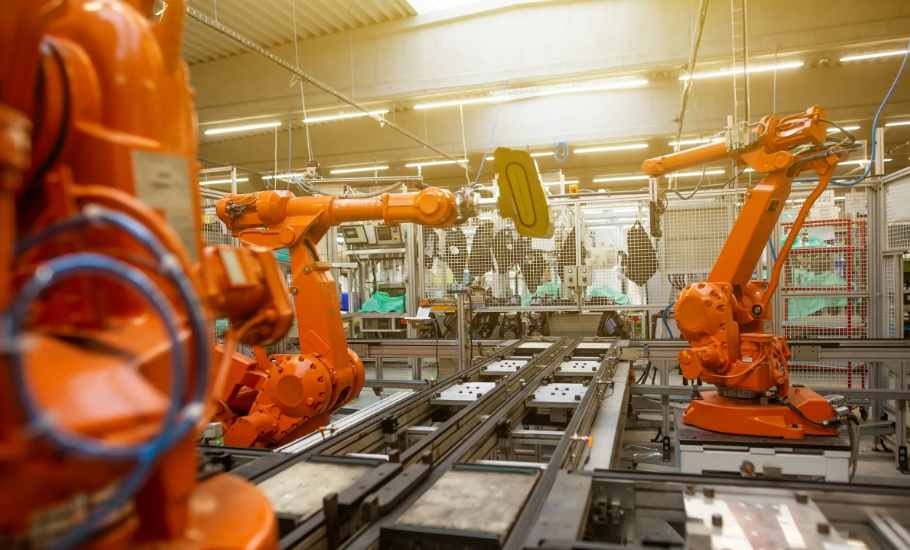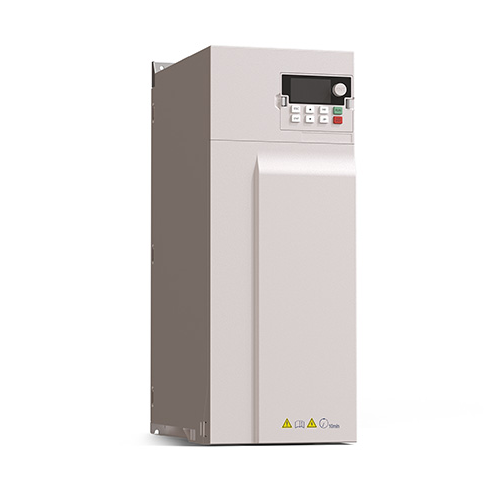-
-
Core manufacturer数字Our AdvantageApplicationOur honor certificate
-
Case classification
On the vast stage of industrial automation, frequency converters and motors dance hand in hand and are hailed as the "golden pair" in this field. Industrial production cannot do without the driving force of motors, and the emergence of low-voltage frequency converters has injected unprecedented vitality and innovation into the control and energy conservation of motors.
With the rapid development of integrated circuits and digital circuits, low-voltage frequency converters have gradually demonstrated their unique charm of compactness, reliability, superior performance and high precision, becoming the new favorite of power drive equipment in all walks of life.

1.What is a frequency converter?
So, what is a frequency converter? Its full name is variable frequency speed control driver. It can convert fixed-frequency alternating current into alternating current with continuously adjustable frequency and voltage to drive the motor to operate, achieving the purposes of energy conservation and speed regulation. The commonly used ac asynchronous motor speed formula is as follows:

Here, f represents frequency, p represents the number of poles, n1 is the synchronous speed, n is the motor speed, s is the slip ratio, and s = (n1 - n) / n1.
As mentioned above, there are three ways to change the motor speed: changing the supply frequency of the motor f, changing the number of poles p of the motor, and the slip ratio s. Among them, the variable frequency speed control method has become the mainstream motor speed control method due to its outstanding speed regulation performance, significant energy-saving effect, comprehensive motor protection, and lower maintenance cost.
2.What are the features of a frequency converter
The frequency converter can achieve soft start, providing gentle care for the motor. This feature significantly reduces the peak current during startup, effectively alleviates the instantaneous impact load on mechanical components, thereby greatly extending the service life of the equipment and reducing faults and maintenance costs caused by startup shock.
The frequency converter can perform continuous speed regulation for the motor, that is, it can set any continuous or arbitrary frequency, allowing the motor speed to change smoothly within a certain range instead of being limited to a few fixed speed points as in step speed regulation. Whether it is for precise control or large-range speed regulation, the frequency converter can handle it easily.
Frequency converters can save energy. For instance, if a fan or a water pump relies on valves to control the wind speed or water volume. When the demand is not high, the valve consumes the energy output by the motor through the generated resistance, which undoubtedly leads to energy waste. However, using a frequency converter for control allows for precise setting according to the actual demand, without the need to increase energy-consuming links to reduce the output energy, thus achieving more efficient and energy-saving operation.
The frequency converter also features multiple protection functions, such as overload protection, overvoltage protection, and undervoltage protection. These protection functions are like a solid armor for the motor, capable of responding promptly when the motor operates abnormally, effectively preventing the expansion of faults, and providing a strong guarantee for the continuity and stability of the production process.

3.The principle of a frequency converter
The structure of the frequency converter is highly sophisticated. It is divided into three parts: rectification, filtering, and inversion. Each part has its own specific function and works collaboratively to achieve efficient control of the motor:
The rectification part is like a check valve in a liquid pipeline, ensuring the unidirectional flow of current. It extracts the leading part of the AC power supply, and a series of amplitudes will fluctuate periodically, like a series of continuous waves;
The filtering part is like a reservoir, making the current smooth and stable. It can make the originally fluctuating current become smooth and stable, forming a straight line, thereby improving the quality of the DC power supply.
The inversion part is like an energy converter, converting the DC electricity into AC electricity with adjusted amplitudes and phase angles, and precisely controlling the motor speed.
4.The application fields of frequency converters
The frequency converter, this remarkable creation that combines technology and wisdom, is being applied in all walks of life with an unprecedented breadth and depth, demonstrating its unparalleled applicability and outstanding performance. From the delicate weaving in the textile industry to the heavy forging in the metallurgical sector, from the precise control in the petrochemical industry to the smooth operation of elevator systems, and to multiple fields such as water supply, power, oil fields, plastic processing, printing, building material manufacturing, lifting operations, and papermaking processes, the frequency converter plays a crucial role, leading the trend of technological innovation in the industry with its efficient, flexible, and energy-saving characteristics.
Please fill out the form below to request a quote or to request more information about us. please be as detailed as possible in your message, and we will get back to you as soon as possible with a response. we're ready to start working on your new project